The Serengeti’s Scorching Reality Check

The relentless heat of 2024 turned East Africa into a furnace, with temperatures soaring beyond anything recorded in recent decades. Lions in the Serengeti began displaying behaviors that left wildlife researchers scrambling for explanations.
These apex predators started hunting during the traditional midday rest period, abandoning their usual dawn and dusk routines. The sight of a pride stalking prey under the blazing noon sun became a haunting symbol of adaptation under extreme stress.
Leopards Embrace Underground Living
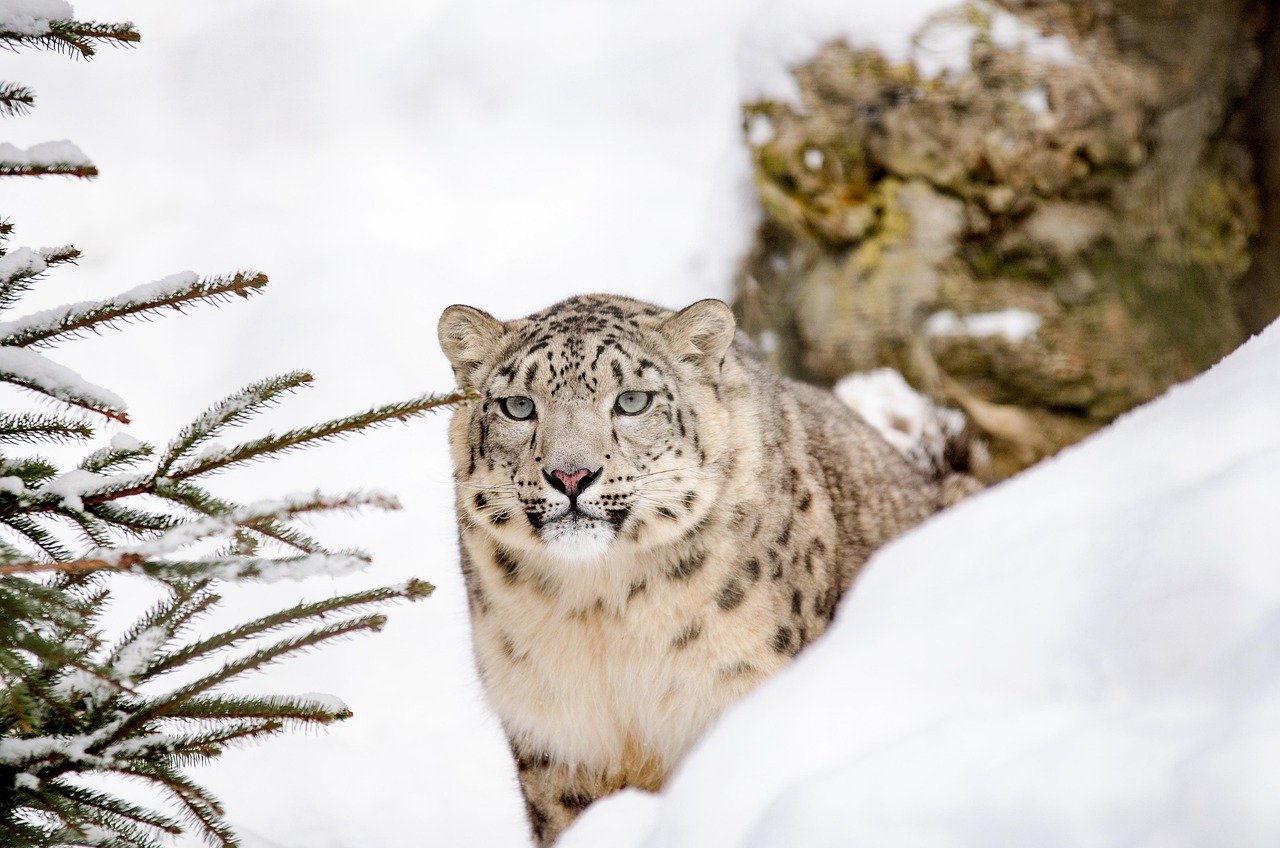
Across Kenya’s Maasai Mara, leopards discovered an unexpected refuge from the scorching temperatures. These solitary cats began spending up to 18 hours daily in underground dens and cave systems.
Camera traps revealed leopards emerging only during the coolest pre-dawn hours, their spotted coats appearing almost ghostly in the infrared footage. This subterranean lifestyle marked a dramatic shift from their traditional tree-dwelling preferences.
Jaguars Seek River Sanctuaries
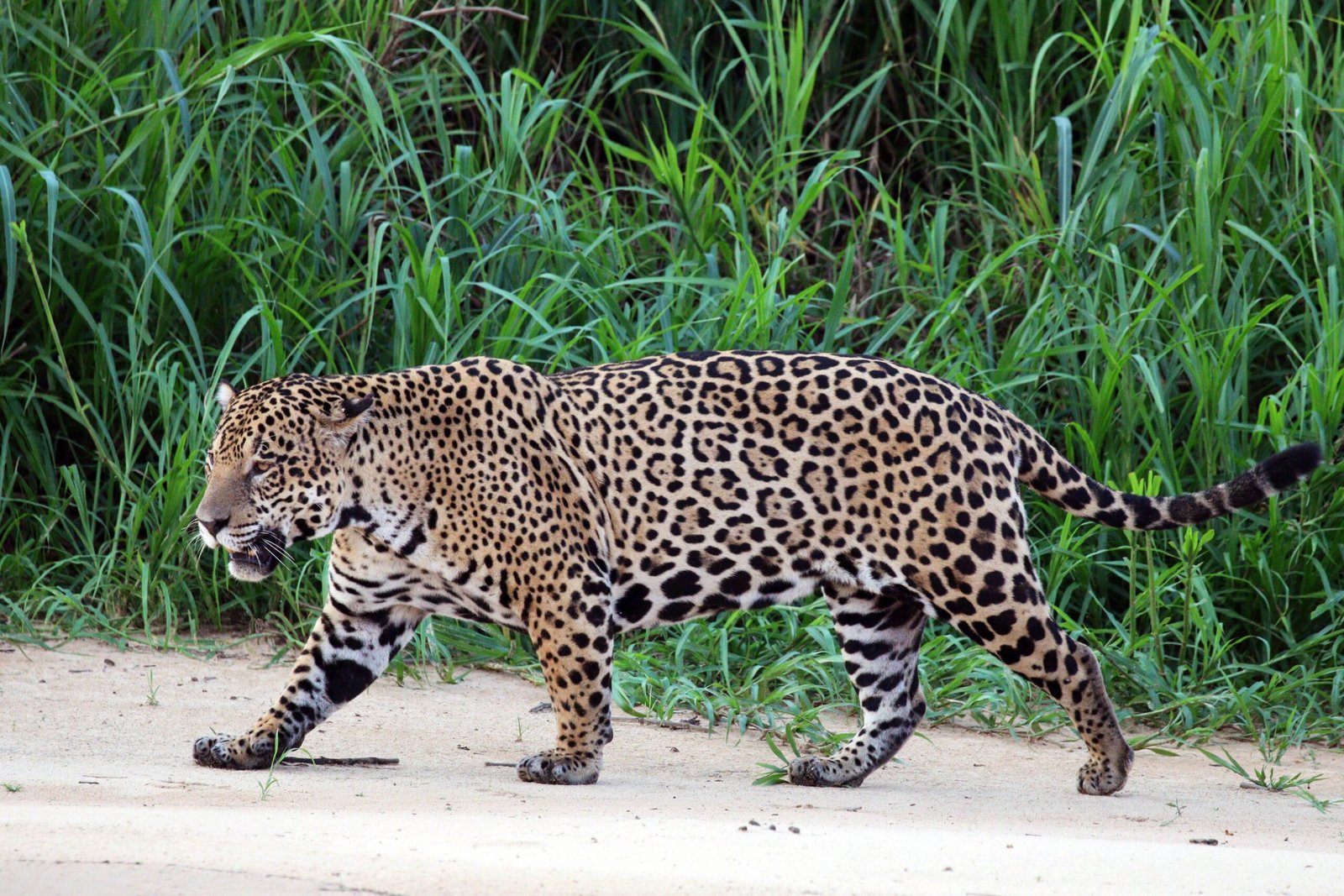
The Amazon’s reduced water levels forced jaguars to become semi-aquatic creatures by necessity. These powerful cats, already skilled swimmers, spent unprecedented amounts of time partially submerged in whatever water sources remained.
Researchers documented jaguars creating makeshift wallows by digging shallow depressions near riverbanks. The sight of these magnificent predators lying belly-deep in muddy water became a sobering reminder of nature’s adaptability under pressure.
Tigers’ Midnight Migration Patterns

India’s tiger reserves witnessed a complete reversal of movement patterns during the 2024 heat crisis. These typically crepuscular hunters shifted entirely to nocturnal activity, with some tigers traveling over 15 miles nightly in search of cooler territories.
Thermal imaging captured tigers panting heavily even during nighttime hours, their massive frames struggling to regulate body temperature. The majestic predators began following ancient river courses that had been dry for decades, somehow sensing underground water sources.
Cheetahs’ Speed Versus Heat Dilemma

The world’s fastest land animals faced their greatest challenge yet in 2024’s heat waves. Cheetahs, whose bodies are designed for explosive speed, found their hunting abilities severely compromised by soaring temperatures.
These sleek predators could only sustain their signature sprints for mere seconds before overheating became life-threatening. Wildlife biologists observed cheetahs adopting ambush tactics typically associated with leopards, fundamentally changing their hunting strategy.
Mountain Lions Descend to Lower Elevations

North American mountain lions abandoned their traditional high-altitude territories as even mountain peaks offered little relief from the heat. These adaptable cats moved to lower elevations, bringing them into closer contact with human populations.
The descending cougars sought refuge in urban watersheds and suburban green spaces, creating unprecedented wildlife encounters. Their powerful builds and tawny coats became familiar sights in areas where they hadn’t been seen for generations.
Snow Leopards’ Vanishing Winter Refuge

The ghost cats of the Himalayas faced an existential crisis as their snowy domain shrank to record lows. Snow leopards, perfectly adapted for cold climates, began showing signs of severe heat stress at elevations previously considered safe.
These elusive predators were spotted at altitudes 2,000 feet higher than their normal range, desperately seeking the last patches of snow and ice. Their thick, insulating coats became a liability rather than an asset in the warming mountain environment.
Black Panthers’ Shadow Dancing
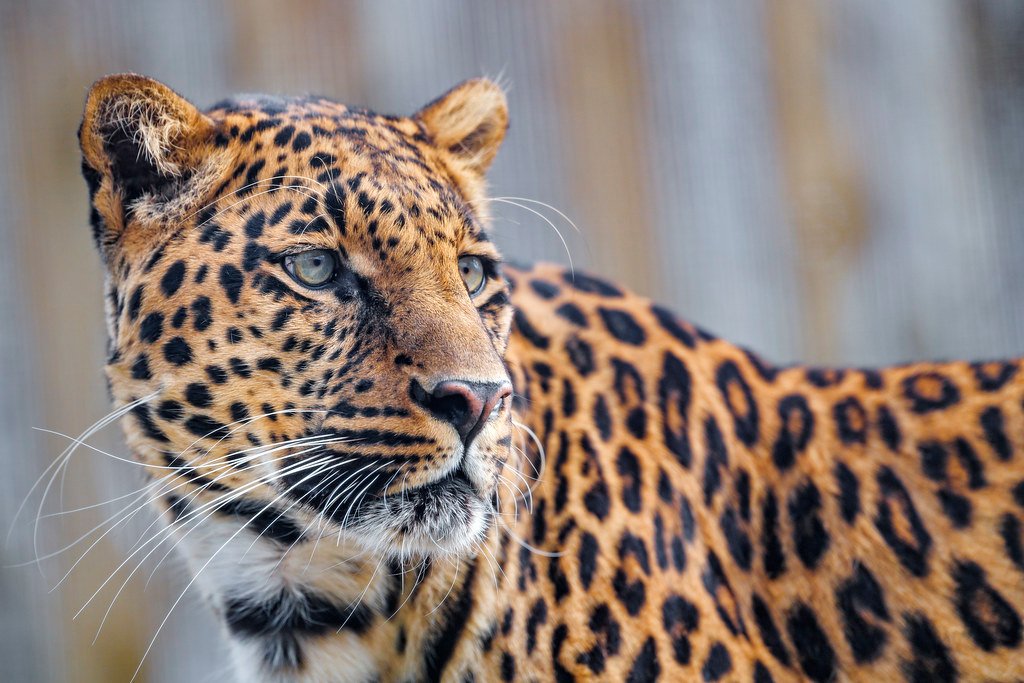
Melanistic leopards and jaguars, commonly known as black panthers, discovered an unexpected advantage in their dark coloration. These rare cats began utilizing shadow patterns more effectively than their spotted counterparts.
The panthers’ black coats, while absorbing more heat, allowed them to blend seamlessly with shade patterns cast by rocks and vegetation. This adaptation enabled them to remain active during slightly warmer periods when other big cats sought complete shelter.
Pumas’ Coastal Migration
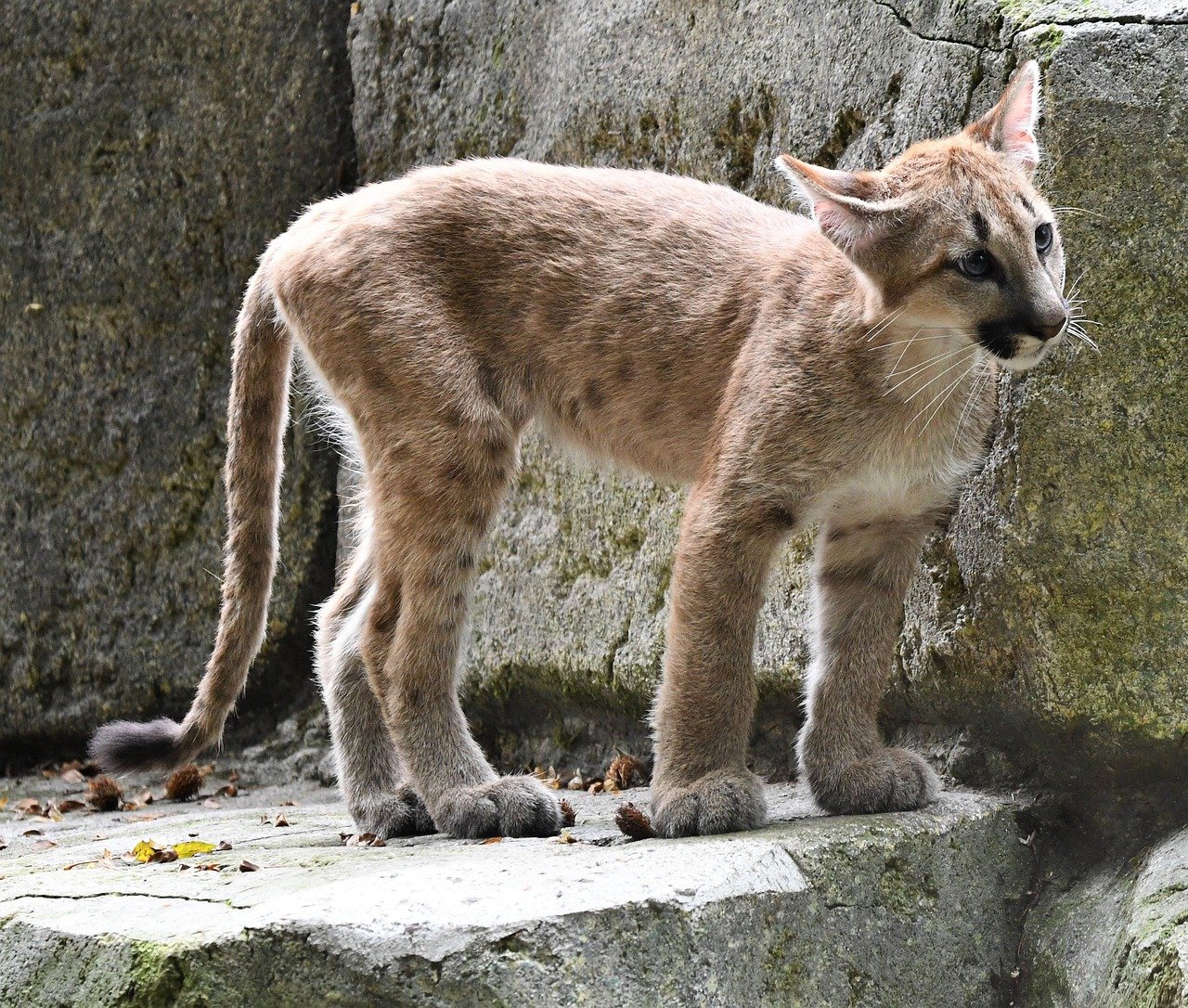
South American pumas embarked on unprecedented journeys toward coastal regions, following ancient migration routes unused for centuries. These powerful cats instinctively sought the moderating effects of ocean breezes and coastal fog.
Wildlife corridors that hadn’t seen puma activity in decades suddenly became highways for heat-stressed cats. The sight of these tawny predators appearing on beaches and coastal cliffs provided both wonder and concern for local communities.
Lynx Adapt to Shortened Hunting Windows
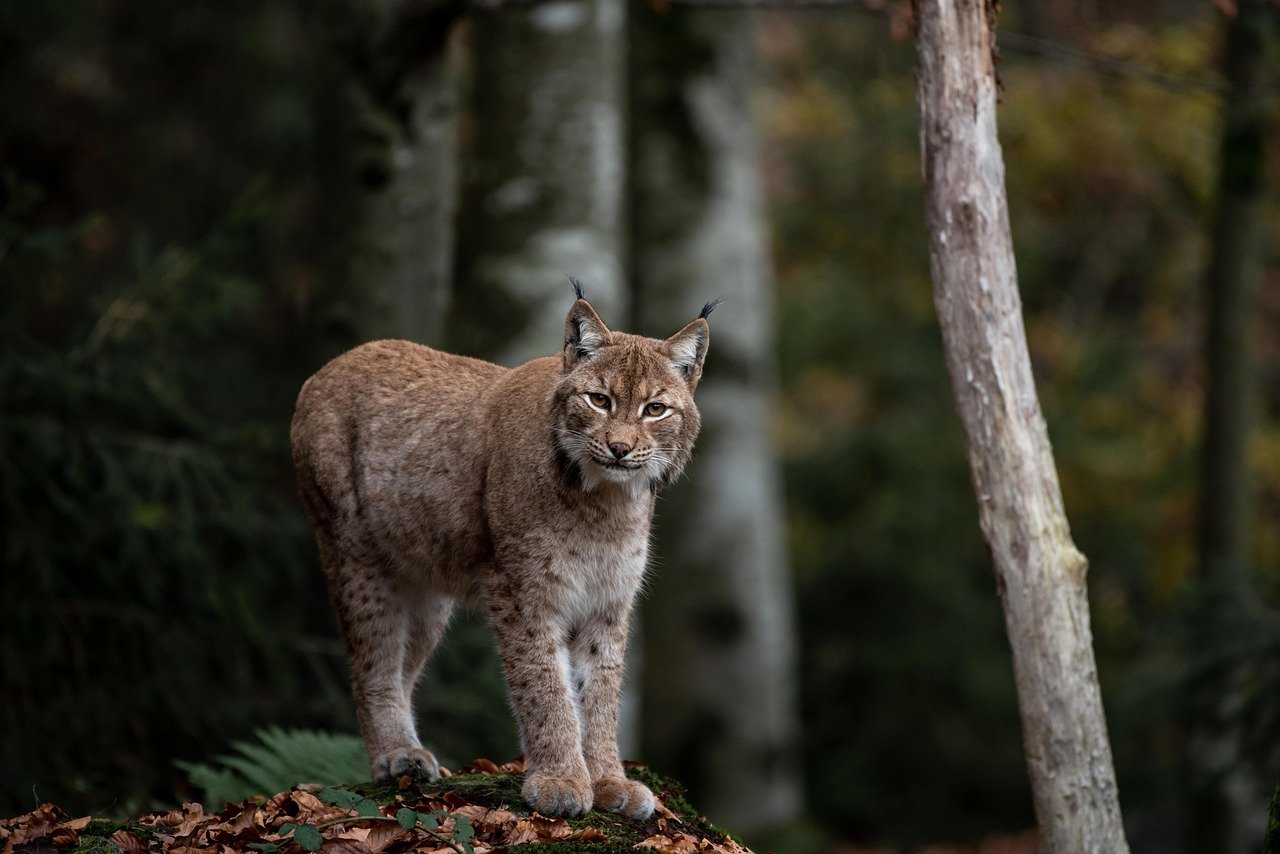
European and North American lynx faced compressed hunting opportunities as their primary prey sought deeper forest cover. These medium-sized cats developed more efficient hunting techniques to maximize their limited active hours.
The tufted-ear predators began hunting in short, intense bursts rather than their traditional patient stalking approach. Their success rates actually improved as they learned to concentrate their efforts during the brief periods when both predator and prey could tolerate activity.
Ocelots’ Canopy Survival Strategy
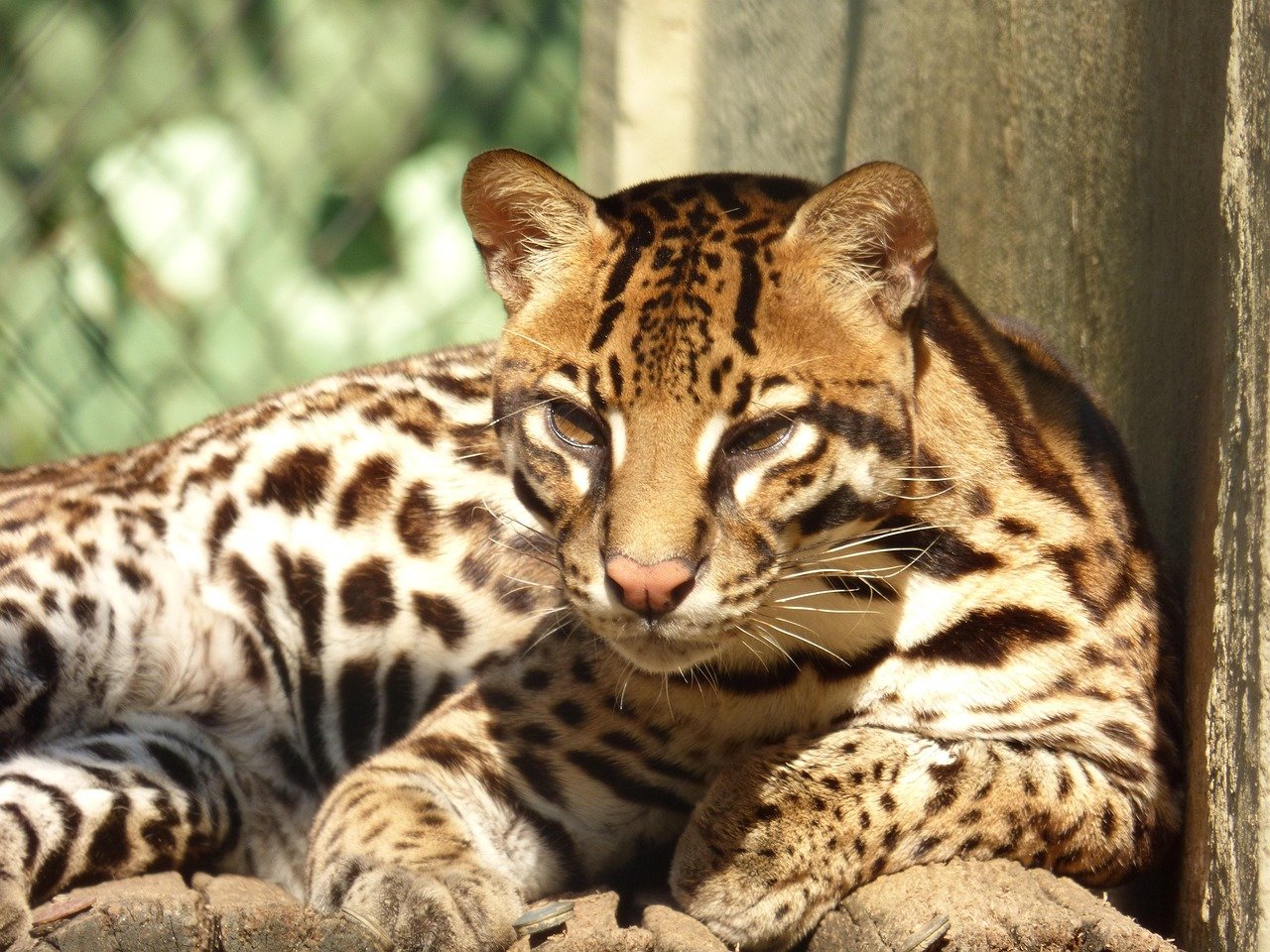
Central American ocelots retreated to the uppermost canopy layers, where they had never been regularly observed before. These spotted cats developed remarkable arboreal skills to access the slightly cooler air above the forest floor.
The small wild cats created elaborate pathway systems through the treetops, moving between feeding and resting areas without touching the superheated ground. Their beautiful spotted coats became a common sight among the highest branches of rainforest giants.
Caracals’ Desert Mastery
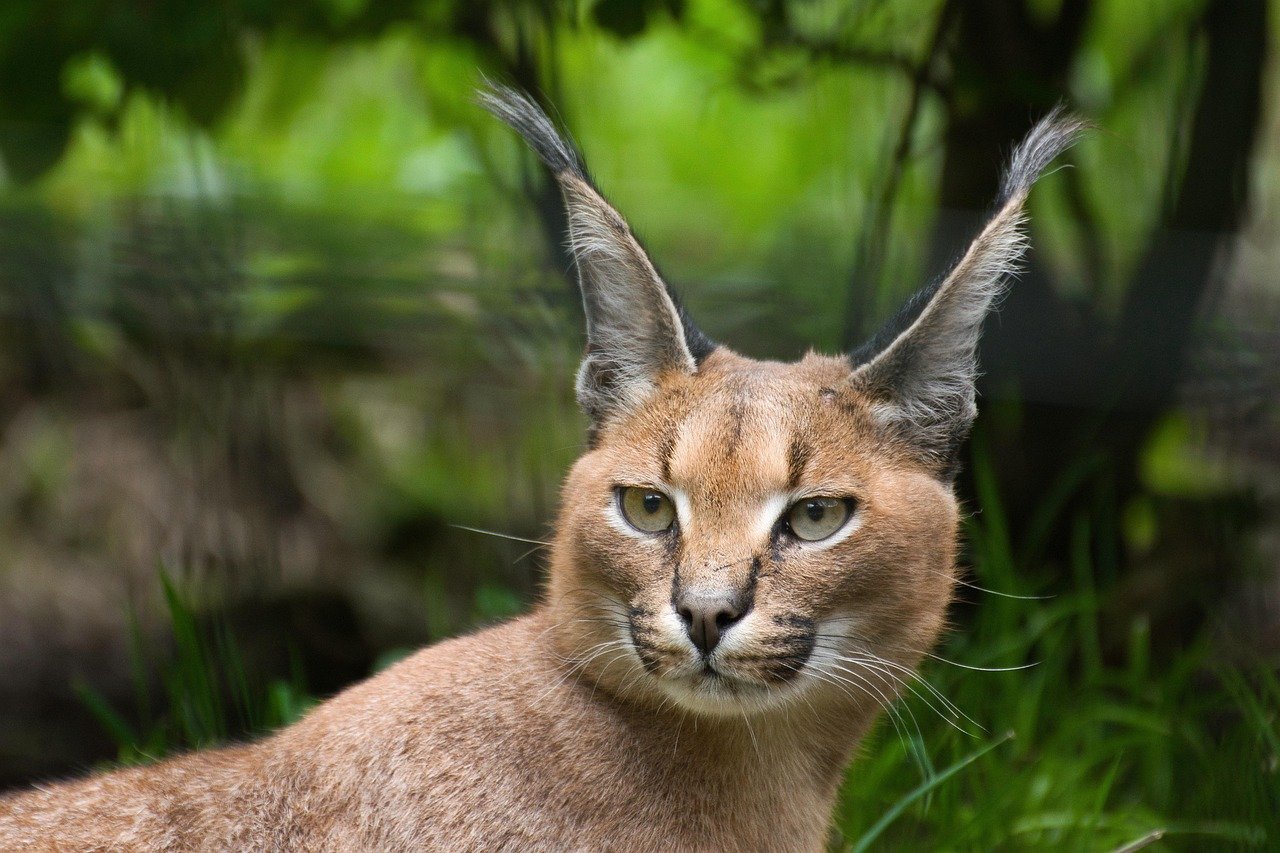
African caracals, already adapted to arid environments, pushed their heat tolerance to absolute limits during 2024’s extreme conditions. These long-legged cats with distinctive ear tufts became the ultimate heat warriors of the feline world.
Researchers documented caracals remaining active in temperatures that forced other predators into complete inactivity. Their lean builds and efficient kidney function allowed them to thrive where other big cats merely survived.
Servals’ Wetland Dependence
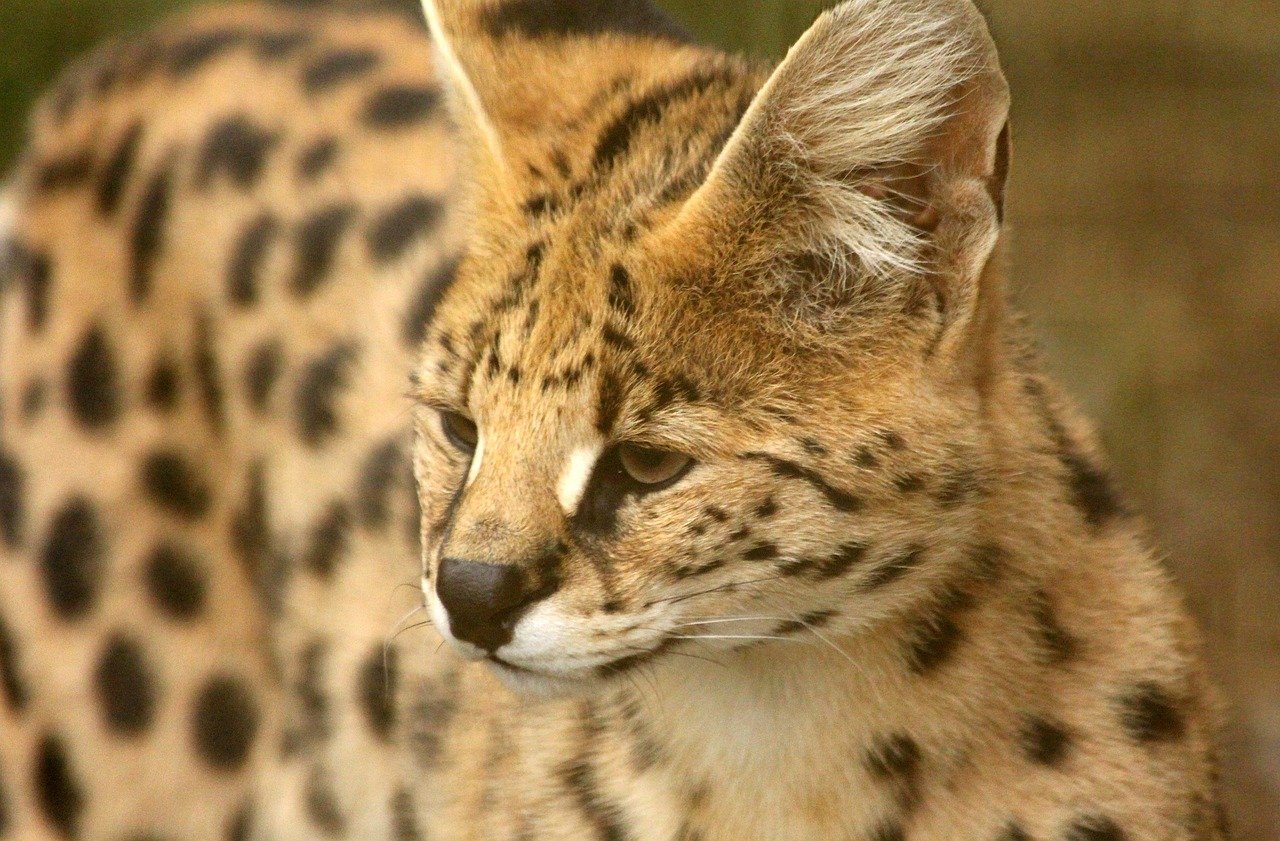
African servals, with their distinctive large ears and long legs, concentrated around the few remaining wetland areas during the heat crisis. These spotted cats became almost aquatic in their behavior, wading through shallow waters to hunt and cool themselves.
The servals’ exceptional hearing abilities helped them locate underground water sources that sustained them through the worst heat waves. Their golden coats with black spots became a beacon of hope in increasingly arid landscapes.
Bobcats’ Urban Heat Island Navigation
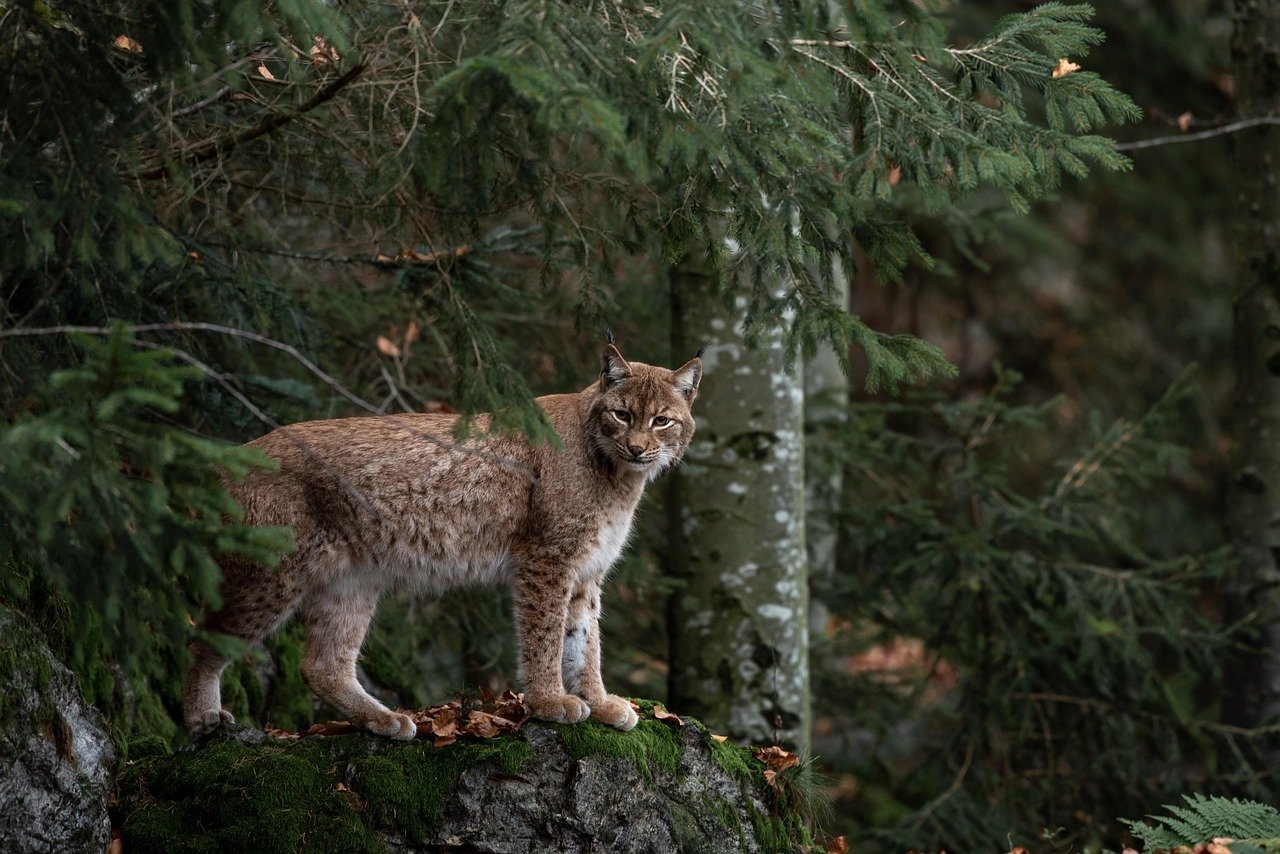
North American bobcats discovered that urban areas often provided better thermal refuges than their traditional wilderness habitats. These adaptable cats learned to navigate human-modified landscapes with surprising skill.
Storm drains, parking garages, and abandoned buildings became essential cooling stations for heat-stressed bobcats. Their compact size and climbing abilities made them particularly well-suited to urban heat management strategies.
Conservation Lessons from Crisis

The 2024 heat waves revealed both the remarkable adaptability and frightening vulnerability of big cats worldwide. These magnificent predators demonstrated incredible behavioral flexibility while highlighting the urgent need for climate-conscious conservation strategies.
Wildlife corridors connecting cooling refuges became more critical than ever, as cats traveled unprecedented distances seeking thermal relief. The year taught us that protecting these apex predators requires understanding their needs in an increasingly unpredictable climate.
As we witnessed lions hunting at noon and snow leopards climbing ever higher, one question lingered in the minds of researchers and conservationists alike: How many more adaptation miracles can these incredible cats perform before their limits are finally reached?
Hi, I’m Bola, a passionate writer and creative strategist with a knack for crafting compelling content that educates, inspires, and connects. Over the years, I’ve honed my skills across various writing fields, including content creation, copywriting, online course development, and video scriptwriting.
When I’m not at my desk, you’ll find me exploring new ideas, reading books, or brainstorming creative ways to solve challenges. I believe that words have the power to transform, and I’m here to help you leverage that power for success.
Thanks for stopping by, Keep coming to this website to checkout new articles form me. You’d always love it!






